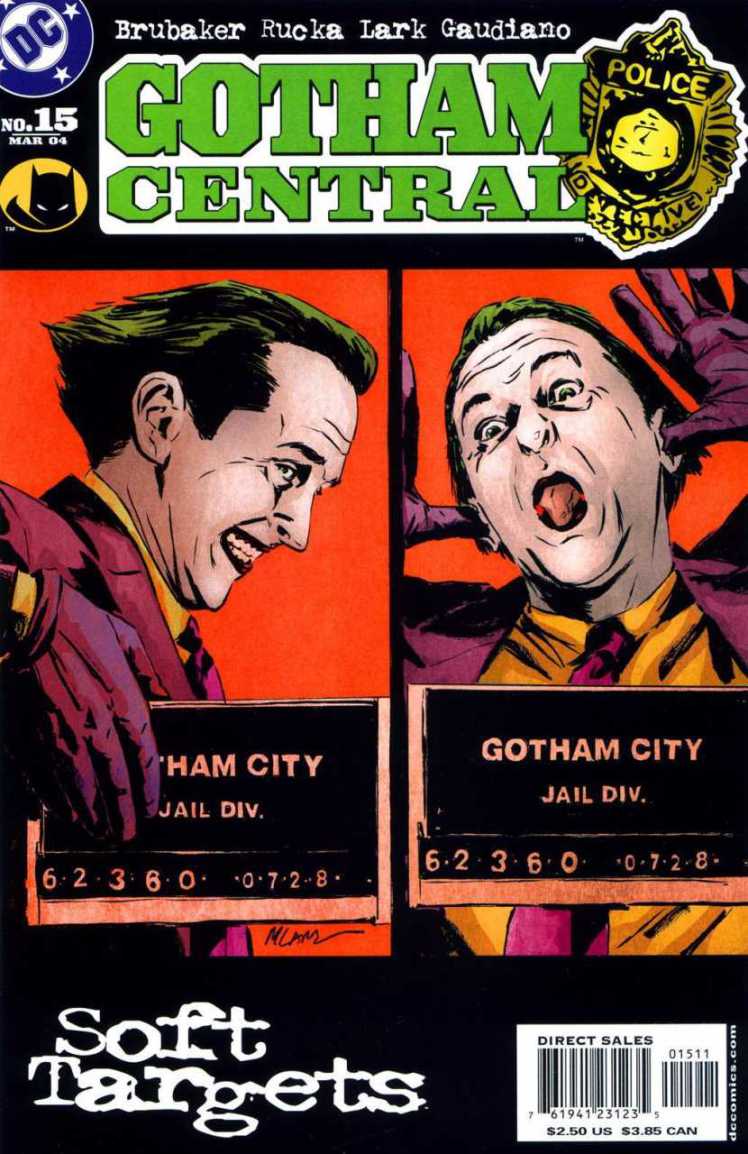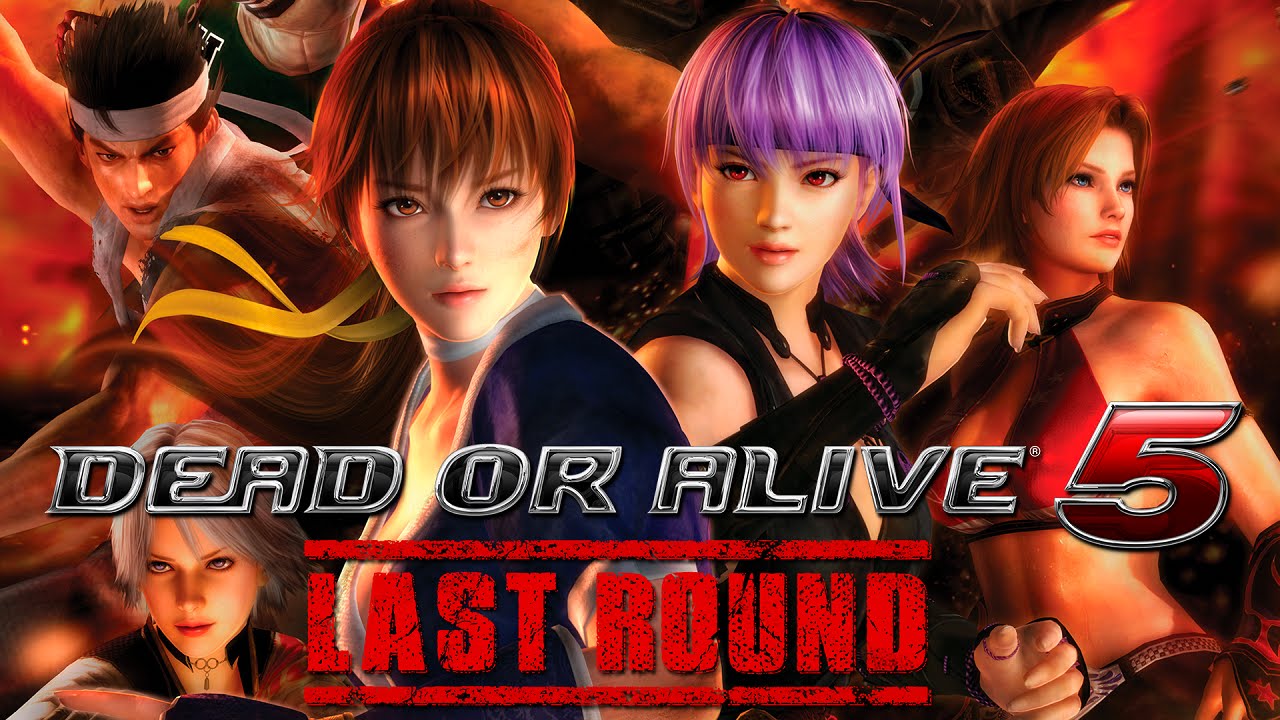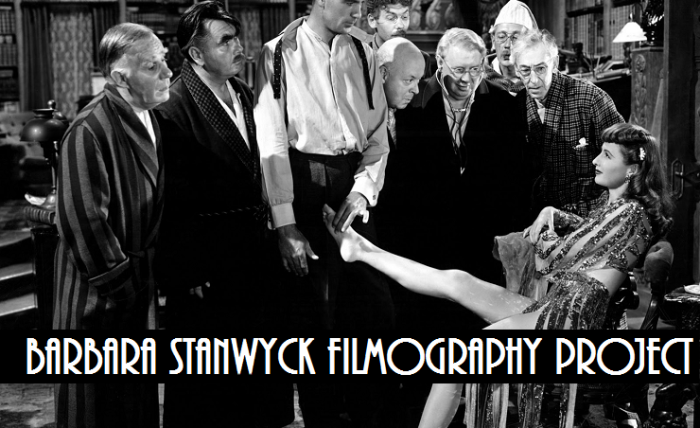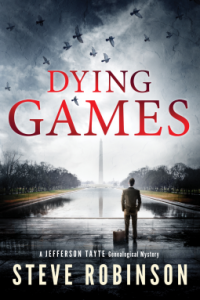
With Joker in jail and the shootings stopped, Christmas returns to Gotham as Soft Targets wraps up. But, you see, that was all part of Joker’s plan – and now the citizens have returned to their traditions, that just means there are more targets lining the streets, buying toys and shopping for their loved ones. With Joker withheld from the reader for four issues, he’s now detained and visible through the interrogation room window throughout the issue. So how come we’re still so unable to get inside his head?
Gotham Central as a whole is interested in getting to look at the established Batman characters from the perspective of a normal person, feet on the ground, no cape in sight. Throughout the run it brings in famous characters and explores them through their interactions with the police, which in many cases allows the opportunity to get a completely different idea of what they want. In Joker’s case, however, it only goes to illustrate just how little care or attention he has for anybody but Batman. This is a two-hander, as far as he’s concerned, and the police officers are just fun targets practice along the way.
The scariest thing about the issue is that both The Joker and Batman can say that they won. Neither have to play by the rules, particularly, but more importantly they also both get one other benefit nobody else gets: they don’t have to clean up the mess. As far as Joker is concerned, he’s had a grand old time, cracking jokes, doing stupid impressions, and murdering police officers right in their office. The last, iconic panel of the issue shows him roaring with laughter from his hospital bed, probably only just down the corner from the police officer he’s put on life support. It’s haunting.
But like I say, this is also essentially a story that Batman is going to remember as a win. The Joker was captured and Batman was able to save an innocent woman from an explosion. He’s not looking at this story and thinking that he lost – as far as he’s concerned, there were a few unavoidable casualties but ultimately this was a far more restrained Joker adventure than usual. Only a few people got killed here – there were no mass murders, no poisonings, nothing like that. The mayor died, a policeman died, one was put in hospital and the coroner lost a hand. Batman has had worse days, really.
Which makes you wonder if that’s what “soft targets” is referring to. Acceptable losses. If you’re looking at it particularly harshly – and by presenting this from the police’s perspective, you have to really – then Batman and Joker have both got away with this unharmed. Worst, they’ve both benefited here. The Mayor and the police force are in opposition to them both, and with those authority figures out the way, there’s now even more space for the superheroes and supervillains to play around with the city and cause utter devastation.
It’s clear on their faces at the end of the issue: they’re the ones who’ve lost. And worse, this came when they were actually one step ahead of Batman for once. At the end of the day, however, he’s the one heroically swinging out the building with a rescued civilian in hand, whilst their officer is the one left in the wreckage.
Comics always reminds us how often Batman has had to face up to trauma – and lord knows that man has suffered in his time – but here we see the police officers trying to pick up on another crime spree. Three members of their team have been taken out because of Batman and Joker’s war, and you can see why there is such tension for them all. Gordon put a signal on the roof of their building which shines a reminder to the city that the police aren’t enough. Nothing will match up to Batman.
It’s shown to us in the scene where Lieutenant Probson realises that he has to make a sacrifice if he’s going to get the Joker to give them anything to work with. He hands over his badge and gun, surrendering his legal authority, and heads into the interrogation room to act as a vigilante. Maggie Sawyer closes the blinds and purposely looks the other way, just as Jim Gordon always looked the other way when Batman acted out his vigilantism on the criminals of Gotham. This sequence, however, ends differently – Joker bides his time and then happily murders Probson with minimal effort. Nobody can make vigilantism work except for Batman.
The scene really highlights every frustration for the police in Gotham. There is no path they can take which will make this world of superheroes bend to their story. Whatever they try to do, they’ll always be in the shadow of the Bat. When they attempt to be more like Batman, they suffer. When they try to set themselves up as directly opposed to Batman, they suffer. All they can do is suffer in the supporting role, whilst Joker can merrily take several bullets through the chest and survive through till next time.
The issue ends with the mess. Batman is out of sight, Joker is laughing his way through to Christmas Day, and two police officers are dead. But whilst it may seem that the police have been sidelined in their own comic series, the bigger heartbreaker comes right on the last page: after everything that has happened, and the huge emotional blow dealt to the police force across the past few days… they have to watch as the Bat-Signal is rebuilt on the roof.
Just as a reminder that when things get scary, the public will always turn to Batman before they turn to anyone else. Batman doesn’t realise it, and I don’t think Joker realises it either, but ultimately that’s the point. At the end of the day, the police are left behind, in the mess, trying to make sense and justice out of an extravagant superhero universe which wasn’t designed for them. That’s the fascination of Gotham Central – but it’s also the reason it’s so capable of breaking your heart.
Even at Christmas.
Gotham Central #15
Written by Ed Brubaker and Greg Rucka
Art by Michael Lark and Stefano Gaudino
Colors by Lee Loughridge
letters by Clem Robins





